It’s funny to write this, but JP and I also constructed a nudity arc as part of our visual approach to the film. We wanted to have a LOT of nudity at the beginning to show how startling the experience is for the girls. As the film goes on, we’d have less of it. It seemed like the best way to approximate how one feels when arriving at a naturist resort for the first time: you can’t help but notice the abundance of flesh surrounding you. Gawking is almost an involuntary reaction. After a short amount of time, it slowly becomes second nature and you hardly notice the nudity. Implementing our vision turned out to be more difficult than we imagined.
First off, we had to had to have our actors on board with everything. Some said they were okay with full frontal, while others said that it was prohibited from day one. No hard feelings. Not everybody has the courage of Jason Segel (and seriously, bravo, dude). In a perfect world, Cory’s member would be staring at the whole world, not just at the sisters in the car. Let’s just say that it took some creative editing to fix that unplanned change in post. We also had to be careful with how long our shots ran, as we had contractual limitations on the duration of shots with nudity. I’d also like to point out that it is very difficult to frame out breasts from any shot wider than a medium close-up. It’s amazing to think about all of the unique challenges that nude actors present when trying to cover a scene while also adhering to a visual game plan.
In order to avoid a movie filled with extreme close-ups, we often had to get creative with our blocking and camera positions to get wider angles without revealing too much nudity. Utilizing props in unusual ways was our “go-to” tactic. You have Sadie’s newspaper at the gift shop and later a yoga mat, Josh carried a tool box to the cabin (which had to be held higher than normal for it to be effective), and Rob fluidly used a laptop and later swapped it for a manilla folder for genital protection. Seriously, Rob put on a clinic when it came to effortlessly shielding his junk from the camera. There are a few instances where I feel the presence of such objects feels slightly staged, but what can you do? They were something of a necessary evil and we resisted the temptation to pay homage to the legendary scene from “Austin Powers.” Sometimes simple acts like entering and exiting scenes were difficult because we didn’t want the actors flashing the camera when sitting or standing.
From a technical and user-friendly standpoint, our camera system isn’t my favorite by any stretch. While the HVX/Letus35 combo is still pretty respectable today, when we started shooting in 2008, there weren’t many options for 35mm depth of field. Aside from the aesthetic beauty of shallow depth of field, we needed to avoid deep focus to help shield nudity occurring in the background of scenes. You can argue all day about the benefits vs. perceived laziness on the part of filmmakers for (over) utilizing selective focus to tell the audience where to pay attention in the frame, but when you have naked people instead of textiled ones in the background, there is a higher chance that they could steal the scene.
There is also something slightly comical in having fleshy bokeh in the background. JP had already purchased his adaptor by the time I was hired, so I wasn’t consulted. Thankfully the Letus35 Extreme, RedRock M2, and Cinevate’s Brevis35 are all pretty similar with a universal pitfall. Unless you are okay with seeing the grainy ground glass of the adaptor, then you have to stay almost entirely wide open on both the camera’s iris as well as that of your attached lens. The inability to stop down on the lens presents many creative, technical, and logistical issues in achieving proper exposure and focus.
Creatively, I need to have the ability to decide how much depth of field that I want in a particular shot. Not being able to split focus between two characters limits how imaginative one can be with blocking and mandates that characters be on the same plane as each other in relation to camera. Remaining wide open on long lenses also made pulling focus almost impossible. When you only have an inch of sharpness to manipulate, locking in on the talent was difficult. This handicap was intensified by the fact that we were using still photography lenses.
Cinema lenses are engineered to have a respectable distance between focus marks so it is easy to differentiate 5′ from 10′, but most of our stills lenses made that distinction imperceptible. Thankfully, the next generation of lens adaptors allow stopping down to a T16 or T22 in some cases, but not in time for our use. Locking in the perfect exposure meant that we had to keep a set of ND filters on hand at all times. Because the internal ND filter on the HVX is equivalent to an N9, we only carried a Polarizer, N3 and N6. Life would’ve been slightly easier if the HVX also had the ability to shoot at -3dB like many other cameras, but I remained at 0dB for almost every shot, except for one or two wide night exteriors where I went to +3dB gain.


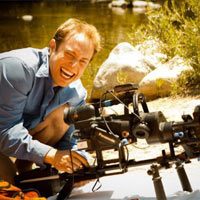
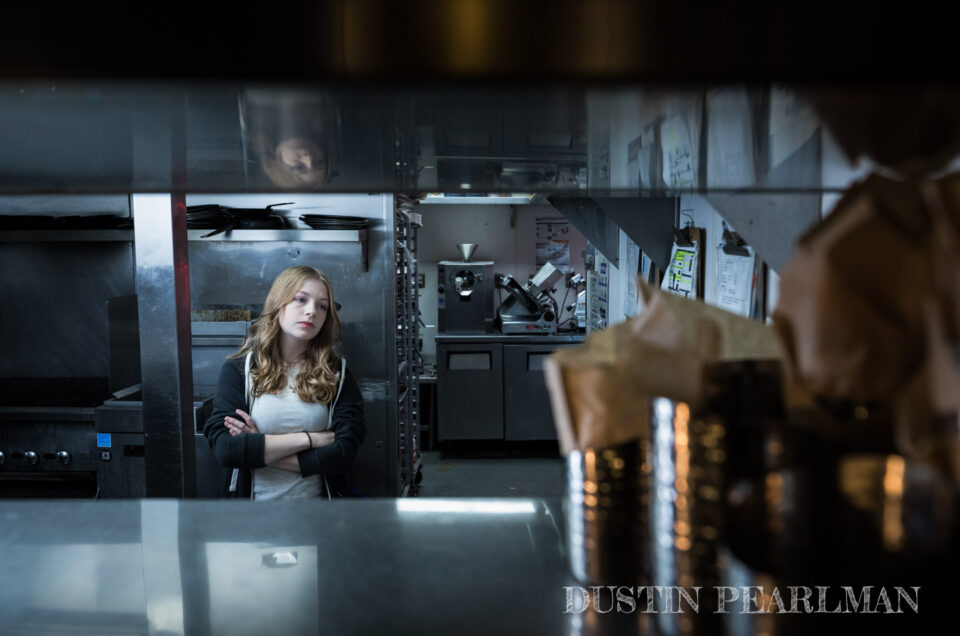
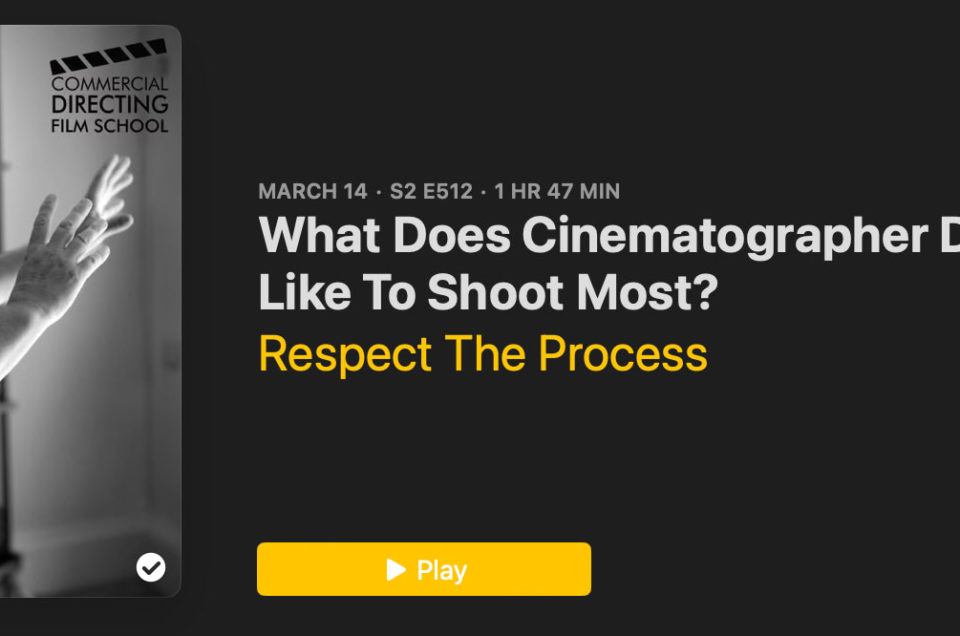
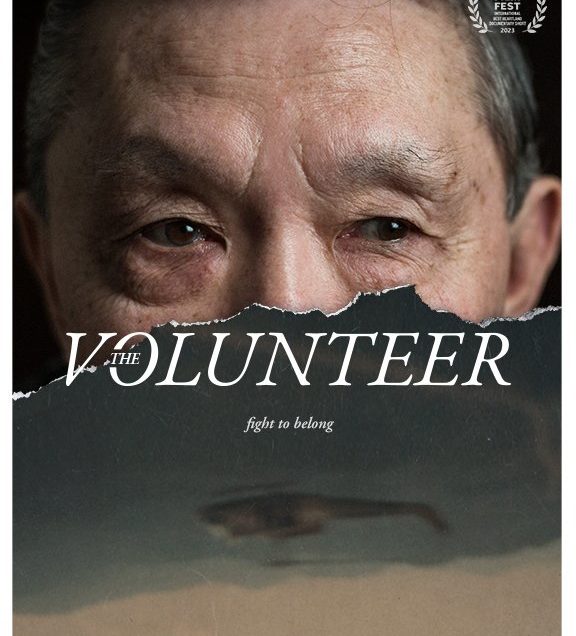
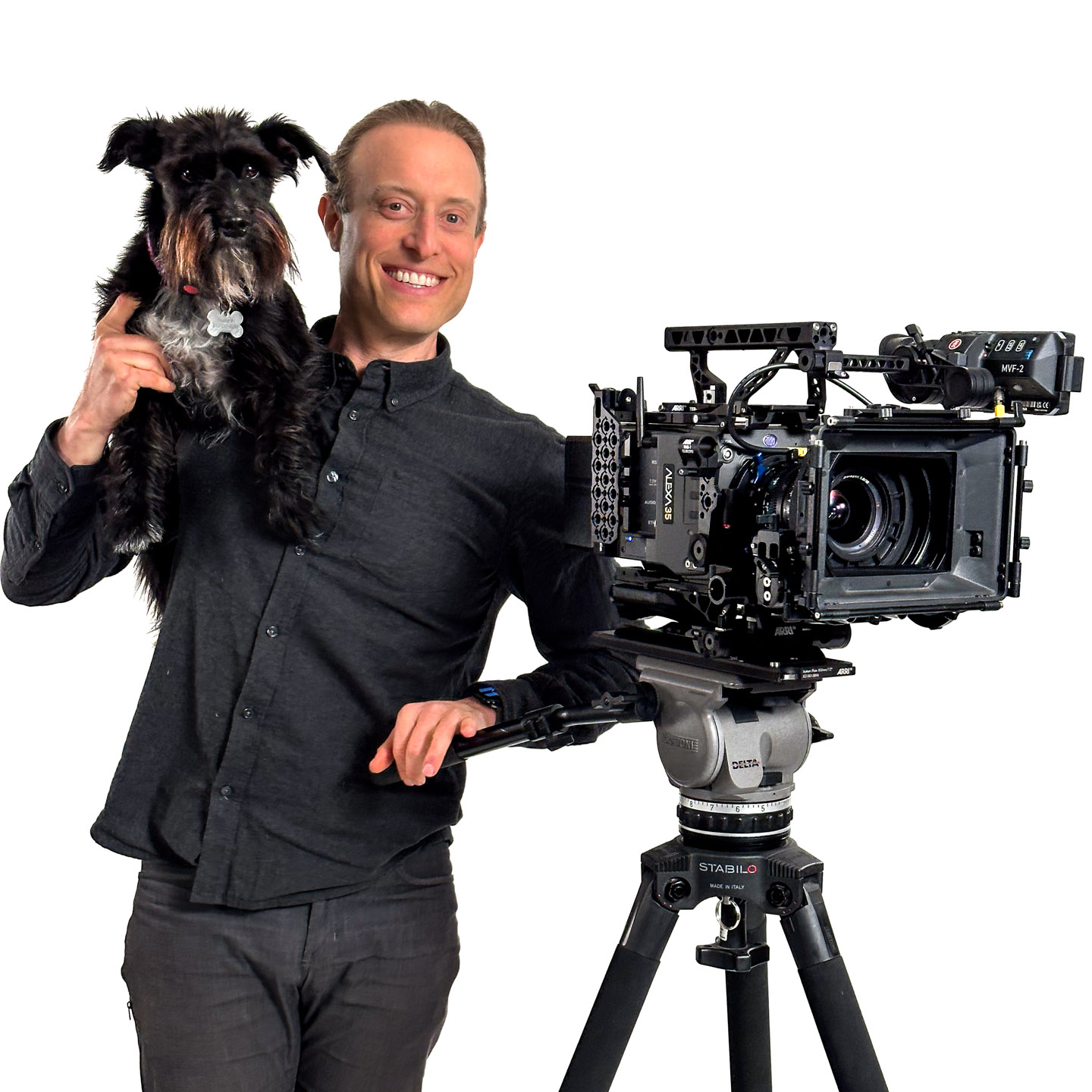
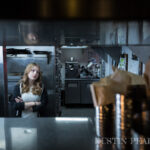
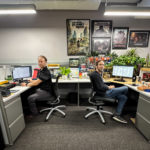

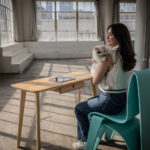
Leave a reply
Great read – I enjoyed this –
[…] been diligent with my blog. Some recent highlights include “Act Naturally” screening in Chicago last weekend to a packed house at the Chicago United Film Festival, “Chillerama” releasing […]
Live in Europe, when will I be able to see or buy this movie?
Funny to see that nudity is such an issue for american people…. We juse enjoy it!
[…] United Festival screening came in Chicago in September of last year and I encourage you to read my blog entry about it because it features some behind the scenes info! – The festival screens our feature on April […]